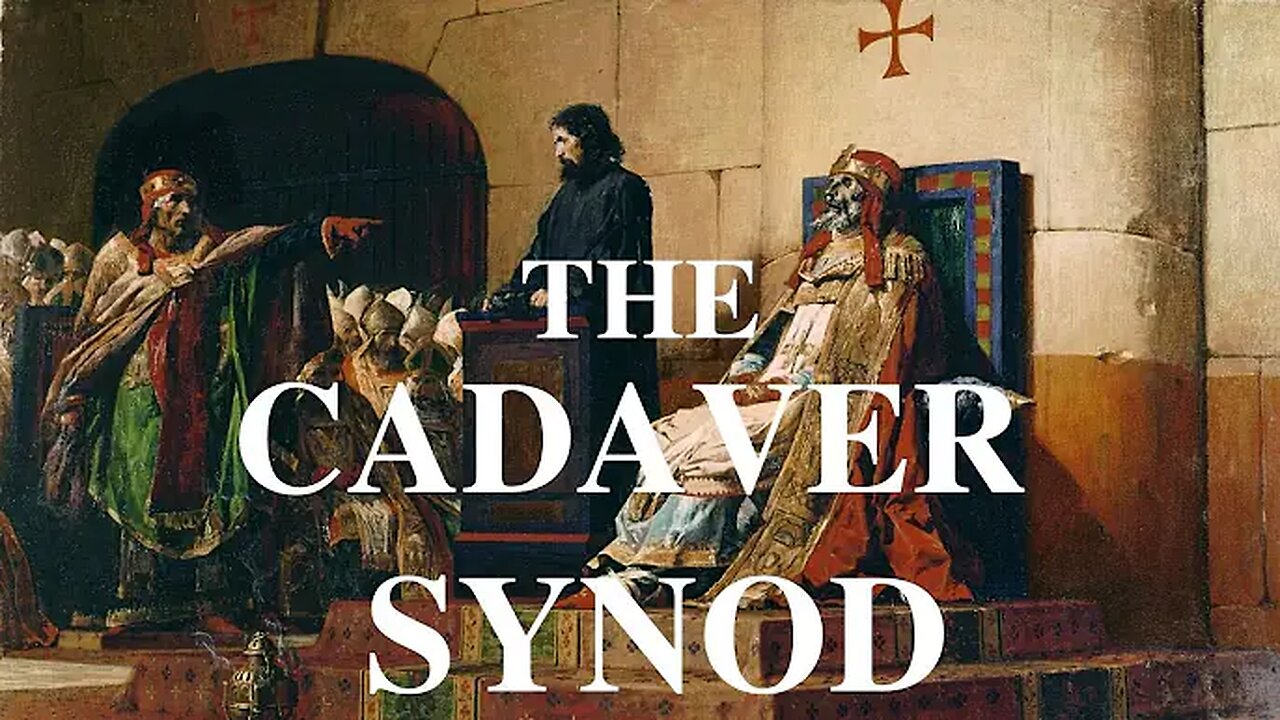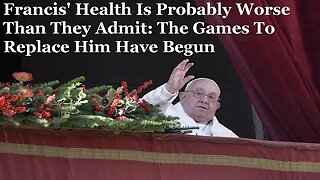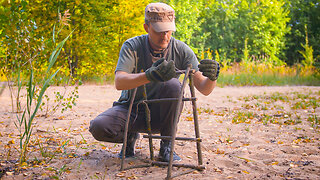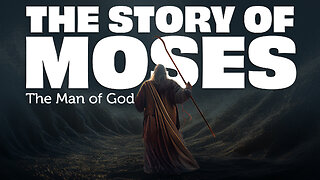Premium Only Content

"The Cadaver Synod: Putting a Dead Pope on Trial! With Dr Gulker" 24Dec2019
Episode 89: A Very Cadaver Synod Christmas
Description: What is a better way to ring in the season of celebration than talking about the Cadaver Synod. This is a very low time in the papacy were the dead body of a pope was posthumously put on trial for various crimes and misdemeanors. Max Gulker AIER has come on to help us figure out how this could happen and bring some holiday cheer!
HISTORY:
The Cadaver Synod & related events took place during a period of political instability in Italy. This period, which lasted from the middle of the 9th century to the middle of the 10th century, was marked by a rapid succession of pontiffs. Between 872 & 965, two dozen popes were appointed, & between 896 & 904 there was a new pope every year. Often, these brief papal reigns were the result of the political machinations of local Roman factions, about which few sources survive.
Formosus became bishop of Porto-Santa Rufina in 864 during the pontificate of Pope Nicholas I. In 866 he was sent as a legate to Bulgaria, & was so successful in this position that the Bulgarian ruler Boris I asked the pope to appoint him archbishop of Bulgaria. Nicholas refused to give permission, because the fifteenth canon of the Second Council of Nicaea forbade a bishop from administering more than one see — "a law that was supposed to prevent bishops from building up their own little fiefdoms." He also travelled to Constantinople, & the Carolingian court, where he met Arnulf of Carinthia, a Frankish Carolingian king who aspired to the throne of Italy.
In 875, shortly after Charles the Bald's imperial coronation, Formosus fled Rome in fear of then-pope John VIII. A few months later in 876, at a synod in Santa Maria Rotunda, John VIII issued a series of accusations against Formosus & some of his associates. He asserted that Formosus had corrupted the mind of the Bulgarians "so that, so long as [Formosus] was alive, [they] would not accept any other bishop from the apostolic see," that he & his fellow conspirators had attempted to usurp the papacy from John, & finally that he had deserted his see in Porto & was conspiring "against the salvation of the state & of our beloved Charles [the Bald]." Formosus & his associates were excommunicated.
In 879, at another council held at Troyes, John may have confirmed the excommunications. He also legislated more generally against those who "plunder" ecclesiastical goods. According to the tenth-century author Auxilius of Naples, Formosus was also present at this council. Auxilius says he begged the bishops for their forgiveness, & in return for removal of the excommunication, swore an oath to remain a layman for the rest of his life, to never again enter Rome, & to make no attempts to resume his former see at Porto. This story is dubious: another description of the synod does not mention Formosus's presence, & says instead that John confirmed his excommunication.
After the death of John VIII in December 882, Formosus' troubles ended. He resumed his bishopric at Porto, where he remained until elected pope on 6 October 891. Yet this earlier quarrel with John VIII formed the basis of the accusations made at the Cadaver Synod. According to the tenth-century historian Liutprand of Cremona, Stephen VI asked Formosus' corpse why he "usurped the universal Roman See in such a spirit of ambition" after the death of John VIII, echoing John VIII's own assertion that Formosus had tried to seize the papal throne while he was alive. Formosus, being several months dead, could not answer. Two further accusations were also made against Formosus at the Cadaver Synod: that he had committed perjury & that he had attempted to exercise the office of bishop as a layman. These are related to the oath Formosus is said to have sworn before the council at Troyes in 878.
-
 33:54
33:54
Truth Layden
4 days ago"Francis Health Is Probably Worse Than They Admit: The Games To Replace Him Have Begun!" (18Feb2025) Return to Tradition
311 -
 28:42
28:42
CatfishedOnline
23 hours ago $0.85 earnedWoman Insists Morgan Wallen Relationship Isn't a Romance Scam!
6.98K -
 16:25
16:25
TSPLY
23 hours agoNew CNN / MSNBC Meltdown Moments Of Getting Mad At Donald Trump In February
12.8K6 -
 8:33
8:33
scoutthedoggie
3 hours agoAirsoft War Games Scotland
7.58K1 -
 4:56
4:56
Kirill MultitoolOfficial
1 day ago $0.67 earnedSurvival TIPS and usefull bushcraft DIY in the wild
15K2 -
 27:25
27:25
ArturRehi
1 day agoThis is How Dictatorships are Formed
8.13K -
 59:35
59:35
AlaskanBallistics
15 hours ago $0.28 earnedI Love this Gun Episode # 11
6.19K -
 1:21:01
1:21:01
BibleUnbound
18 hours agoThe Complete Story of Moses: The Man of God
12.8K3 -
 15:56
15:56
Chris From The 740
6 hours ago $0.01 earnedFenix LR36R Review: The Most Powerful Light I've Ever Tested!
6.9K1 -
 1:01:47
1:01:47
Wendy Bell Radio
7 hours agoPet Talk With The Pet Doc
14.6K6